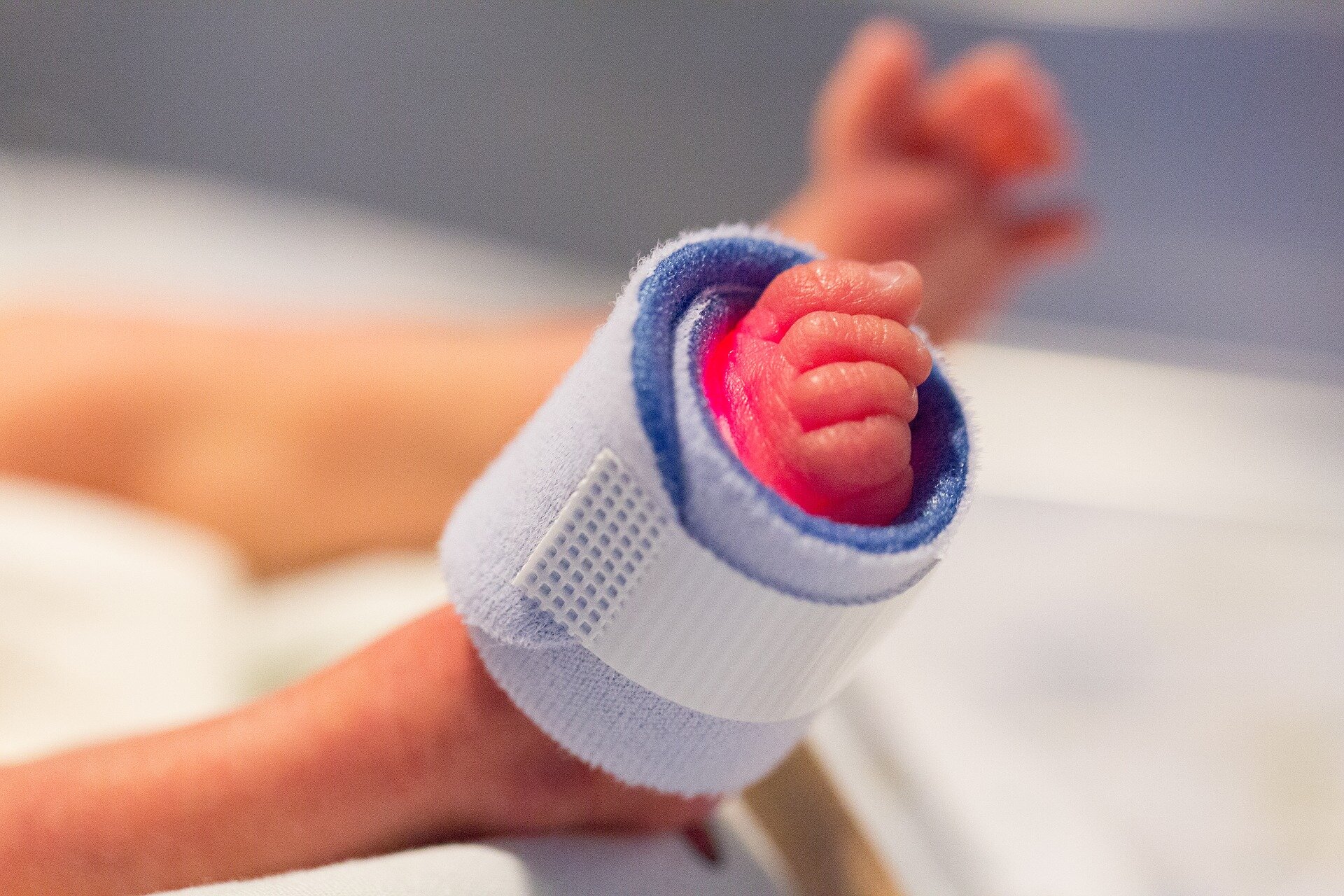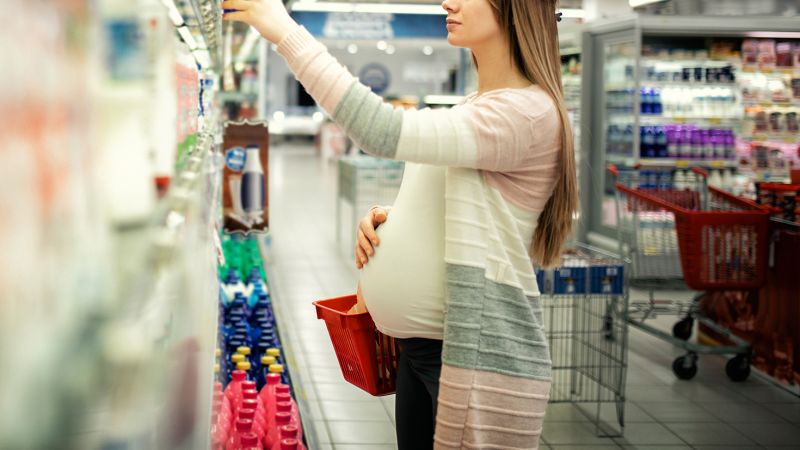
Phthalates are synthetic chemicals that have been linked to a variety of health problems, including preterm births. A new study published in The Lancet Planetary Health found that exposure to phthalates was associated with an increased risk of premature birth and lower-than-average birth weight. Additionally, the likelihood of these pregnancy outcomes was tied to the concentration of phthalate breakdown products in a mother's urine. However, it is important to note that this study only examined data from women once during their pregnancies and did not control for other factors that may have influenced preterm birth rates.




